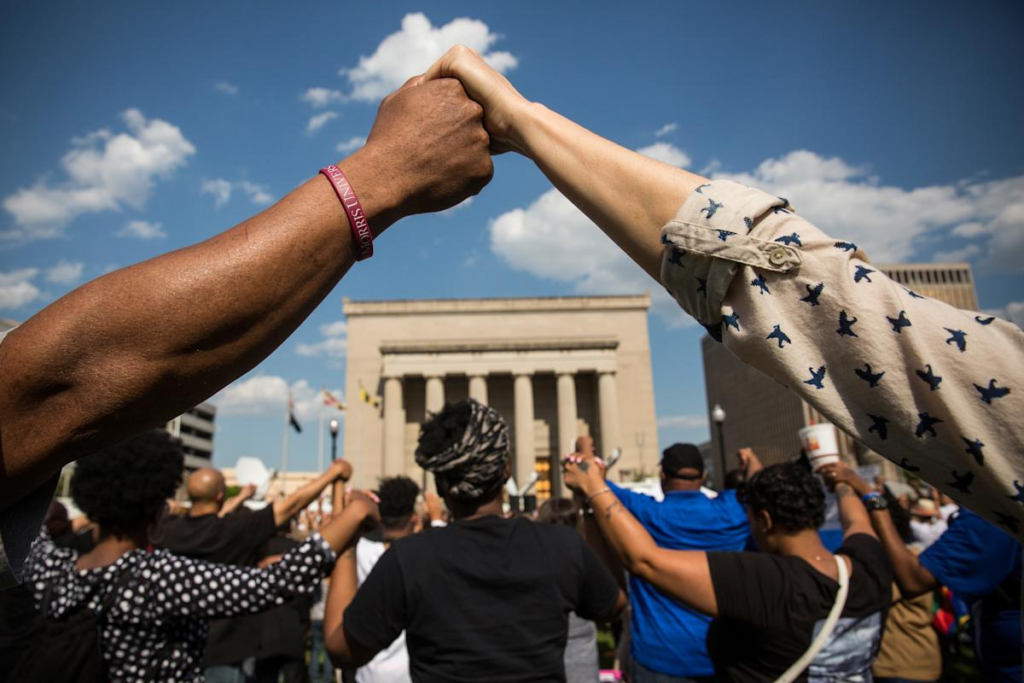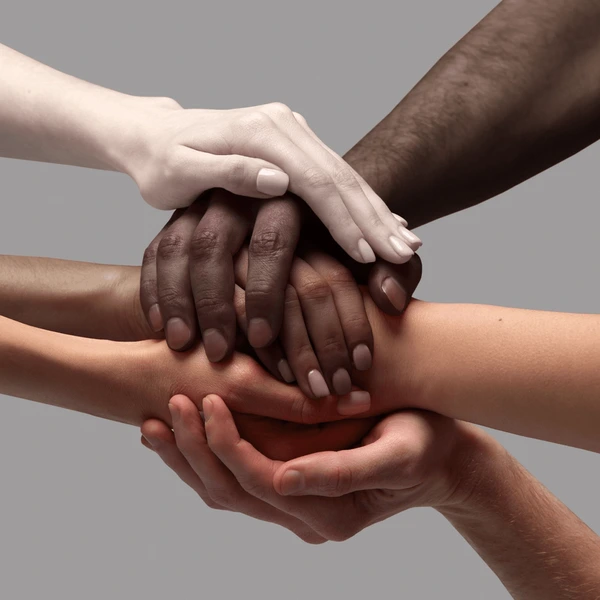Race relations in the U.S. have played a major role in shaping the country’s identity. From the time of slavery to modern civil rights movements, issues of race, equality, and justice have remained central to American life. This article explores the history of social justice movements, the progress made, current challenges, and what can be done to improve race relations in the United States today.
What Are Race Relations?
Race relations refer to how people from different racial and ethnic groups interact with each other and with society at large. This includes treatment in law enforcement, education, health care, employment, and housing. Good race relations are built on fairness, mutual respect, and equal opportunity. Poor race relations often involve discrimination, bias, and unequal treatment.

A Brief History of Social Justice Movements
To understand the current state of race relations in the U.S., it’s important to look at how various movements have pushed for justice over the years.
Slavery and Reconstruction
Slavery began in America in 1619 and lasted for more than 200 years. After the Civil War ended in 1865, the Reconstruction era offered hope with new laws giving rights to formerly enslaved people. However, progress was short-lived, and racial discrimination remained widespread.
The Jim Crow Era
From the late 1800s through the mid-1900s, Jim Crow laws enforced racial segregation, especially in the South. These laws created separate schools, transportation, and public spaces for Black and white Americans, often with far worse conditions for Black communities.
The Civil Rights Movement
In the 1950s and 1960s, the Civil Rights Movement demanded equal rights for African Americans. Leaders like Martin Luther King Jr., Rosa Parks, and Malcolm X became national figures. The movement led to landmark legislation such as the Civil Rights Act of 1964 and the Voting Rights Act of 1965, ending legal segregation and securing voting rights.
Post-1960s to Present
In the decades that followed, new movements emerged to address continuing inequality. These included efforts to reform policing, improve education access, and support affirmative action. More recently, movements like Black Lives Matter have gained national attention.
Social Justice Movements Today
Modern social justice movements continue to push for racial equity across many areas of life. Some of the most active and impactful movements include:
Black Lives Matter
Black Lives Matter (BLM) began in 2013 after the killing of Trayvon Martin. The movement grew rapidly following the deaths of Michael Brown, George Floyd, Breonna Taylor, and others. BLM focuses on police reform, racial profiling, and broader systemic racism.
Immigrant and Indigenous Rights Movements
These movements focus on the fair treatment of immigrant and Native American communities. They work to protect land rights, promote fair immigration laws, and preserve cultural heritage.
LGBTQ+ and Intersectional Justice
Many activists now focus on the intersection of race, gender, and sexuality. These groups highlight how people who belong to more than one marginalized group often face unique challenges.
Progress Made in Race Relations
Although challenges remain, several important steps have been taken to improve race relations in the U.S.
- Stronger Civil Rights Laws – Discrimination in hiring, housing, and education is illegal. Civil rights protections have been expanded to cover more groups and more situations.
- Increased Representation – More people of color hold leadership roles in government, business, and media than ever before.
- Public Awareness – Media, education, and social media have increased awareness of racism and injustice. Public support for movements like BLM shows changing attitudes.
- Local Reforms – Some cities and states have introduced police reform, invested in underserved communities, and supported inclusive education.
Current Challenges in Race Relations
Despite progress, race relations in the U.S. continue to face major challenges:
Systemic Inequality
People of color still face unequal access to quality education, health care, jobs, and housing. These inequalities are deeply rooted and continue to affect millions.
Policing and Criminal Justice
Black Americans are more likely to be stopped, searched, arrested, and sentenced more harshly than white Americans. Police violence remains a serious issue, especially in Black and Latino communities.
Bias and Stereotyping
Even when laws are fair, unconscious bias can affect how people treat each other in workplaces, schools, and courts. Stereotypes often lead to unfair assumptions and treatment.
Political Divisions
Race-related issues are often highly politicized, making it difficult to agree on solutions. Some people deny that racism is still a problem, while others feel progress has been too slow.
The Role of Social Justice Movements
Social justice movements help drive change by raising awareness, influencing policy, and organizing communities. They help people:
- Speak up against unfair treatment
- Understand the impact of racism
- Pressure leaders to pass fairer laws
- Build connections across racial and ethnic groups
Movements like Black Lives Matter have made police reform and racial equity national priorities. Local movements also work to improve schools, neighborhoods, and access to public services.

What You Can Do
Improving race relations is not just the job of activists or politicians. Everyone can help build a more just society. Here are a few simple actions:
Educate Yourself
Read books, watch documentaries, and listen to voices from different backgrounds. Understanding history and lived experiences builds empathy and knowledge.
Examine Your Own Bias
We all carry assumptions shaped by our experiences. Take time to reflect on your own views and challenge stereotypes.
Speak Up
When you see racism or unfair treatment, say something. Your voice matters, whether it’s in a classroom, workplace, or conversation with friends.
Support Inclusive Policies
Vote in local and national elections. Support laws and leaders that promote fairness and inclusion.
Build Inclusive Communities
Encourage diversity where you live, work, and study. Listen to others and make space for different perspectives.
Moving Forward with Hope
While the path toward racial justice is long, progress is possible. Many Americans of all backgrounds are working together to improve race relations. Young people, in particular, are showing strong support for inclusion, fairness, and equity.
Real change requires ongoing effort—from the government, businesses, schools, and communities. But it also requires individuals to act with courage, empathy, and openness.
By learning, speaking up, and supporting justice, we can help create a society where everyone is treated with dignity, regardless of race or background
Do Follow USA Glory On Instagram
Read Next – How the American Family Structure Is Rapidly Changing






